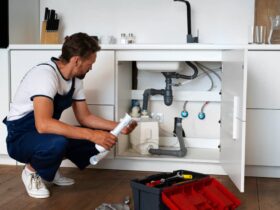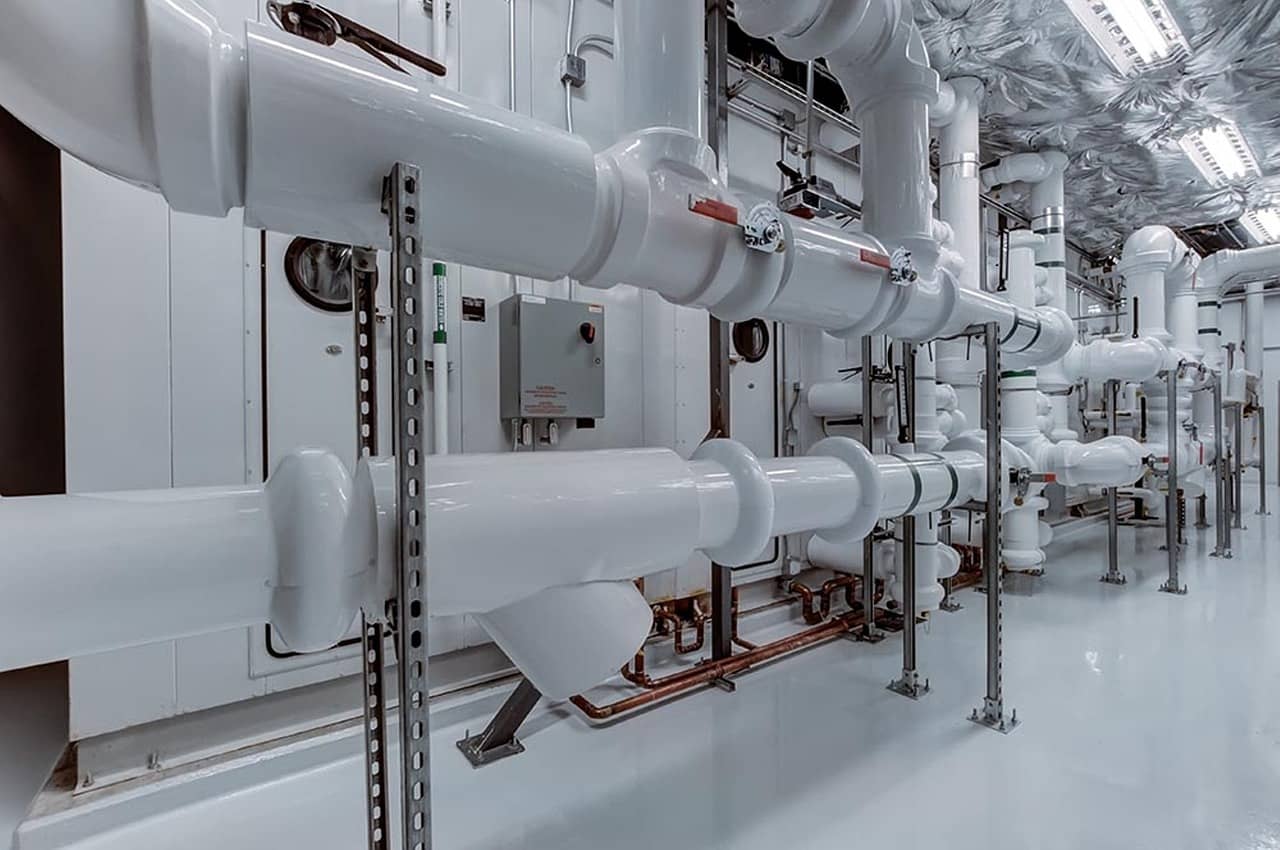There is always a need to transport liquid from one place to another (either as a drainage system at home or as a courier at factories). This is the reason why organizations spend money to design and build their plumbing systems and their efficiency in preserving and distributing liquid throughout the facility. But with endless problems that piping systems face, maintenance is inevitable. But how much is too much when it comes to upgrade and repair? How do you know when you are spending too much on your failing piping system? In this article, we would help you to ascertain whether or not your piping system is eating away your profit, and how to stop it. So that you can enjoy a sustainable and cost-effective piping system for your facility during these hard times.
What’s A Proper Piping System?
Before moving into details, let’s lay the foundation on what a proper piping system is. Piping is a systematic arrangement of pipes by transferring fluid (either a form of gas or liquid) from one place to another. Installing a piping system is not a job for everyone, because it requires a technical understanding of engineering, piping design, and tools. The main goal of piping is to get the liquid from its source to where it is needed.
Piping systems can be made from different materials such as fiberglass, concretes, wood, plastics, or metals. Some components come along with the piping called online components. They control and manage the temperature, flow rate, and pressure of the transported fluid.
You’ll also need tools like pneumatic pipe cutters to set the pipes in place. Piping is also not a far-fetched concept. It’s common in many areas. People use piping systems to transport water from the source to their homes, also used it at fueling stations. Piping systems are additionally used in transporting sewage and sewage gas. Another use of the piping system is by firefighters. Industries can also incorporate piping into the movement of their fluid raw materials from the storage into the processing area.
All piping systems are not the same and of not for all purposes. So what are the types of pipes available and which one is best for you? Knowing this would provide background knowledge on whether or not you have invested correctly in your piping system before you move on to reducing maintenance costs.
Types Of Pipes For Different Piping Systems
Below are the different materials that your piping system can be made of. Each of these materials has its pros, as well as its disadvantages. They include:
1. Copper Piping
This is a very common material used to construct pipes for piping. It has some advantages that make them highly preferable to other types. First, it is highly durable (i.e. it is not easily prone to leakage). Leakage can be very costly if it continues over a long time because it directly links with the wastage of resources. Also, copper can stand extreme temperature states (both cold and hot). Another benefit is that it doesn’t allow the growth of bacteria. Your fluid is safe from contamination. However, it is not the best choice for acid transportation because it gathered deposits of calcium.
2. Polyvinyl Chloride (PVC) Piping
PVC is another material that has stood the test of time and is very popular in the piping world. It also lasts long as copper but can’t absorb hot substances. It is cheaper, can handle a very high pressure of the liquid flow, and is easy to handle because of its lightweight. Just like copper, it doesn’t support the growth of bacteria. It can also transport acid and other non-organic chemicals, unlike copper. Finally, PVC should be used with care because it will burn when exposed to direct flame.
3. Stainless Steel Piping
Stainless steel is another durable material that withstands extreme temperatures (both hot and cold), but it is expensive and heavy. Though, they are better as an option for oil and acidic fluid transportation.
Other materials used to make pipes include Aluminum Alloy, Cast Iron, Chlorinated Polyvinyl Chloride (CPVC), Cross-Linked Polyethylene (PEX), Polybutylene, and High-Density Polybutylene (HDPE), Black Iron, Galvanized Steel, and so on.
But there are other things you should pay attention to than the material of the pipe.
How Can Your Piping System Drain Your Profit?

Yes, you invested in the correct material for your piping system. It still doesn’t erase the fact that you might be draining your profit. So, what are the things that can cause you to waste your profit on your piping system?
Consistent dripping fixtures, noisy pipes, water hammers, fixture seals, sticking valves, and leakage in pipe walls are all examples of events that can cause you to keep spending money on maintenance. And the more you spend on upgrades and maintenance, the more of your profit gets drained.
How Can This Be Resolved?
Below are few things that you can employ to save money on your piping system.
- Get The Right Material:
It’s the first step to avoid the drainage of your company’s profits; Determine the type of fluid conveyed through the pipes, as well as the temperature, pressure, acidity, etc. Those factors can help you decide the best material for your piping system and save your maintenance costs early on. - Employ Professional Technicians:
Hiring experts from the onset would eliminate future needs to keep repairing your piping system because of the wrong installation. Professionals would carefully survey the environment and make the best decisions concerning structure before installation. - Use The Right Tools:
Since your piping system is repaired, you have to incorporate the right recommended tools. Old versions of tools cannot effectively fix new piping designs. For example, regular cutters are not as effective as pneumatic pipe cutters (which is a better option). - Purchase Recommended Spare Parts:
While upgrading or repairing your piping system, invest in the manufacturer’s spare parts so that you have to spend on re-fixing leakages and other problems.
Conclusion
Have you been spending too much on your piping system? Or do you feel like it is eating up your profit? It probably is. If you keep experiencing the problems listed in this guide or constantly spend on maintenance, then it is high time you incorporate the solutions we have provided. It’s to save costs and stop spending your profits.















